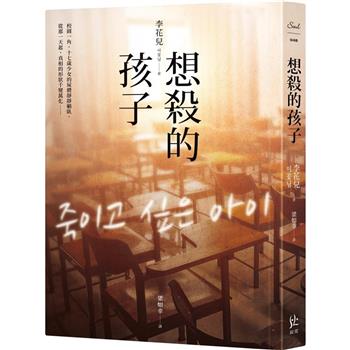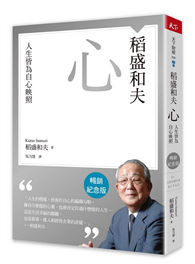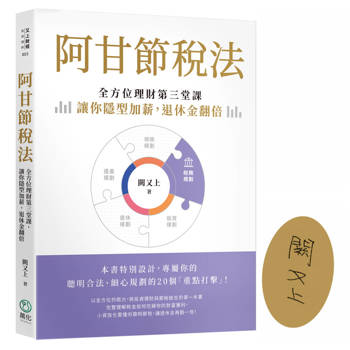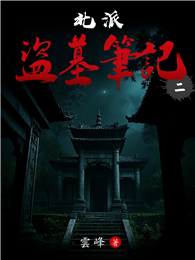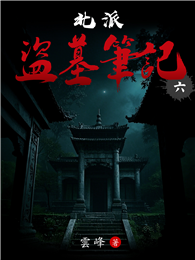Cerro Azul in Peru’s Cañete Valley, a pre-Inca fishing community in the Kingdom of Huarco, stood at the interface between a rich marine ecosystem and an irrigated coastal plain. Under the direction of its noble families, Cerro Azul dried millions of fish for shipment to inland communities, from which it received agricultural products and dried llama meat. Joyce Marcus directed excavations at the site. In two previous volumes she reported on (1) a fish storage facility and the architecture, ceramics, and brewery in an elite residential compound, and (2) the inner workings of the coastal economic system. In the course of her fieldwork, Marcus came across areas where Late Intermediate (AD 1000--1470) burials had been disturbed by illegal looting. She decided to salvage as much information from these looted burials as she could. Among her discoveries were that men at Cerro Azul were often buried with fishing nets, slings, and bolas, while women were frequently buried with belt looms, workbaskets, cotton and woolen yarn, barcoded spindles, and needle cases. This third Cerro Azul volume provides an inventory of all the burial data that Marcus was able to salvage.
| FindBook |
有 1 項符合
The Burials of Cerro Azul, Peru的圖書 |
 |
The Burials of Cerro Azul, Peru 作者:Marcus 出版社:U of M Museum Anthro Archaeology 出版日期:2024-02-29 語言:英文 規格:平裝 / 394頁 / 普通級/ 初版 |
| 圖書館借閱 |
| 國家圖書館 | 全國圖書書目資訊網 | 國立公共資訊圖書館 | 電子書服務平台 | MetaCat 跨館整合查詢 |
| 臺北市立圖書館 | 新北市立圖書館 | 基隆市公共圖書館 | 桃園市立圖書館 | 新竹縣公共圖書館 |
| 苗栗縣立圖書館 | 臺中市立圖書館 | 彰化縣公共圖書館 | 南投縣文化局 | 雲林縣公共圖書館 |
| 嘉義縣圖書館 | 臺南市立圖書館 | 高雄市立圖書館 | 屏東縣公共圖書館 | 宜蘭縣公共圖書館 |
| 花蓮縣文化局 | 臺東縣文化處 |
|
|
圖書介紹 - 資料來源:博客來 評分:
圖書名稱:The Burials of Cerro Azul, Peru
|
